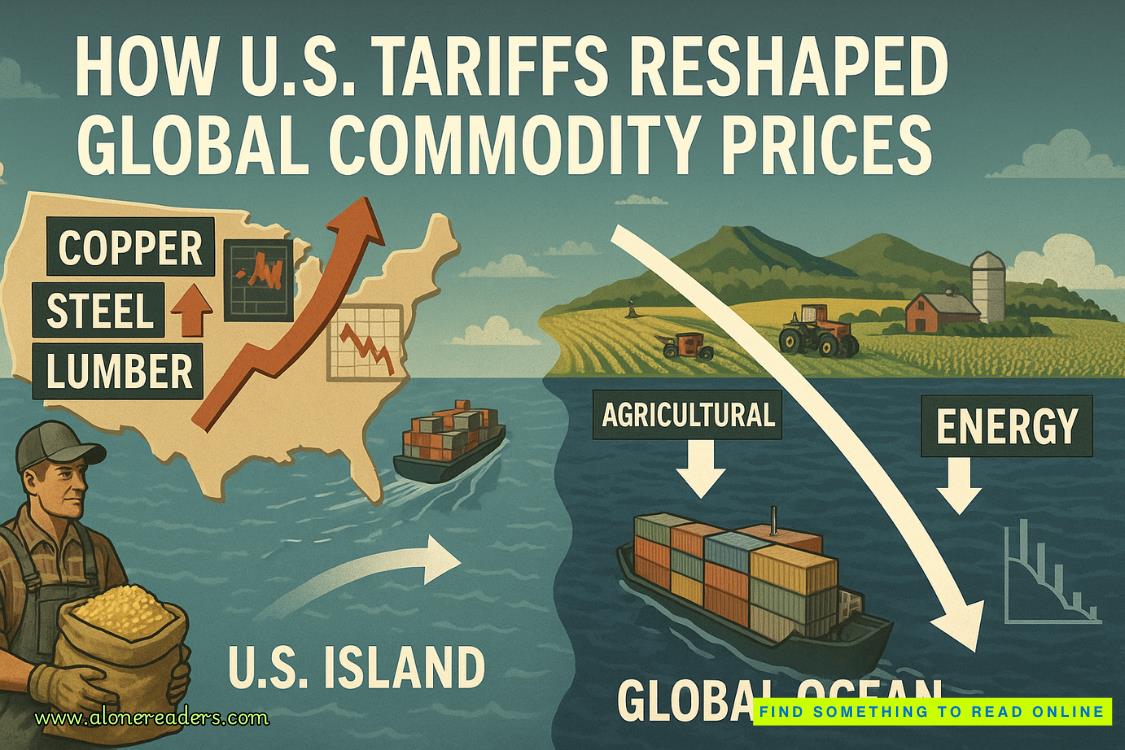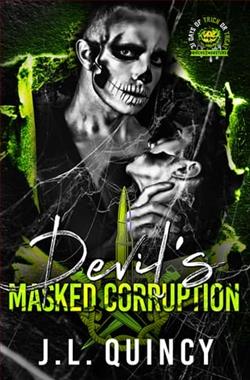Page 4 of Eleven Numbers
President Ramsey said, “Let’s get down to business. Time is of the essence here. Last night these three people in this room knew a secret that no one else in the world knew. This morning I became the fourth person to know it. You would become the fifth, Professor. Is that OK with you?”
Tyler paused a beat.Are you sure you’re talking to the right guy?He said, “Honestly, sir, I’m not sure what I could contribute to a thing like that.”
From across the room Oliver Bailey said, “Come take a look at this.”
Tyler glanced at the president, as if for permission, and Ramsey nodded, as if granting it. They stepped over together. Tyler sat down in front of a monitor. The others gathered behind him in a tight semicircle. Tyler breathed in. The president of the United States, the national security advisor, the NSA director, all watching him. Plus Oliver goddamn Bailey.
On the screen was a long sequence of mathematical equations, one after the other, like sentences in a story.Simple declarative statements, each leading to the next. Clean, elegant, polished, logical. Tyler scrolled onward. Suddenly the math got complicated. There was an unknown eight-figure value, and two side chain thickets, one feeding the other, before looping back to the main flow and creating a binary choke point. One or zero, yes or no.
“It’s a computer security algorithm,” Tyler said. “The unknown eight figures are the password. The first side chain determines correct or incorrect. The second gives you three attempts. The choke point locks you in or locks you out.”
“Excellent,” Oliver Bailey said, from behind him. “How would you rate it? Marks out of ten?”
“It’s strong. It’s sturdy. No nonsense. A little mannered. Slightly old fashioned. It’s elegant, but within limits. Reliability comes first. The password is obviously all numbers. With three attempts permitted, random hacking gives a zero-point-five-zeroes percent chance of success. So it’s lean and effective. It’s a good piece of work.”
“Who did it?”
Tyler started over at the top. The beginning of the story.Once upon a time. Lit majors could tell Faulkner from Hemingway. Same for mathematicians. Math was abstract and eternal, unchanging, discovered not invented, but when human beings used it, they always left a fingerprint. Not exactly a voice, like literature. More like an X-ray, of the way someone’s mind worked. The cogs and the gears.
Tyler took a breath.
He said, “I think it’s Russian.”
Bailey asked, “Any Russian in particular?”
Tyler took a deeper breath.
A little mannered.
Slightly old fashioned.
He said, “I think it’s Arkady Suslov.”
“Excellent,” Bailey said, partly satisfied, partly triumphant.
Arkady Suslov was the Russian Oliver Bailey. Even more so, Tyler thought. Older, more mysterious, reputedly eccentric. The grand old man. A historic figure for sure.
“Congratulations, Professor,” President Ramsey said.
Tyler turned in his chair to face him, and realized Ramsey was talking to Bailey, not him. They were shaking hands. Bailey had a humble look on his face, like he performed miracles every day. No big deal.
But what miracle?
“Wait,” Tyler said.
What did he have that the White House wanted? His PhD thesis. Bailey’s absurdly wide range of interests. Above all, Suslov’s eccentricity. He turned back to the screen. Checked here, checked there, checked a third place.
The miracle was he had lived up to his advance billing. Bailey had recommended him, Ramsey had sent for him, and he was about to deliver, right on cue.
He said, “The password is a Kindansky number. This whole thing is built on Kindansky numbers. Suslov absolutely loves them.”
“Excellent,” Bailey said again. “This is why we called you. You, me, and Suslov are the only people in the world serious about Kindansky numbers.”
“Time out,” Ramsey said. “I’m a politician. I’m an hour into this. I need to understand it better.”
Bailey gestured to Tyler, yielding the floor.
Tyler said, “Kindansky was a leading number theorist in the nineteenth century. He proved there’s a category of numbers with unique properties. Not so much what they are, but what they can be used for. Those are the Kindanskynumbers. They’re all prime numbers, but not all prime numbers are Kindanskys.”















